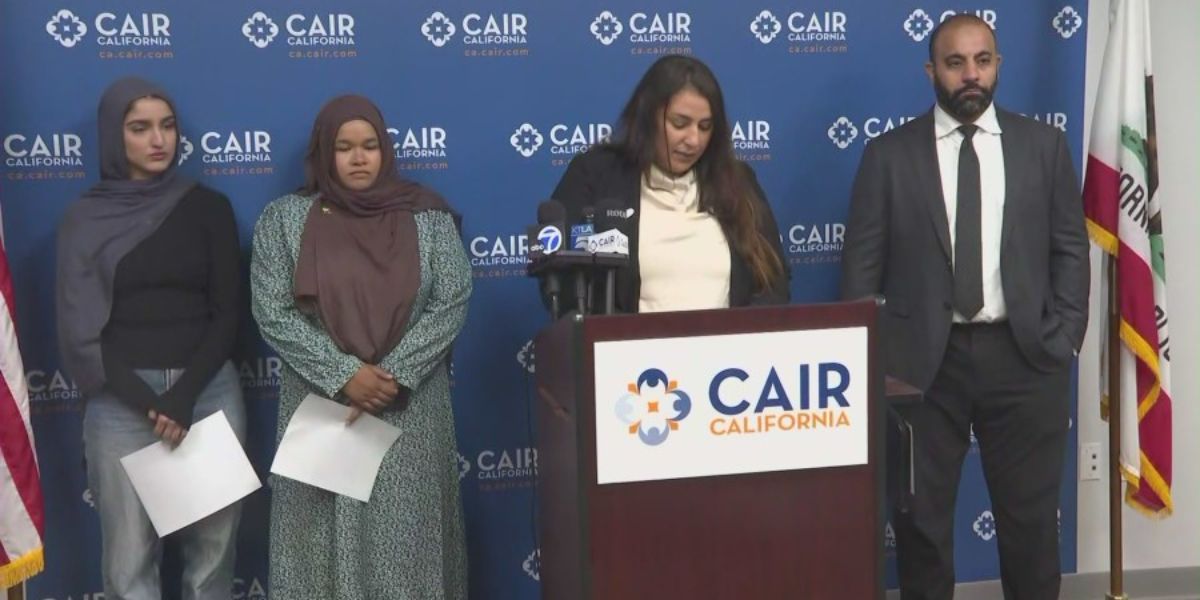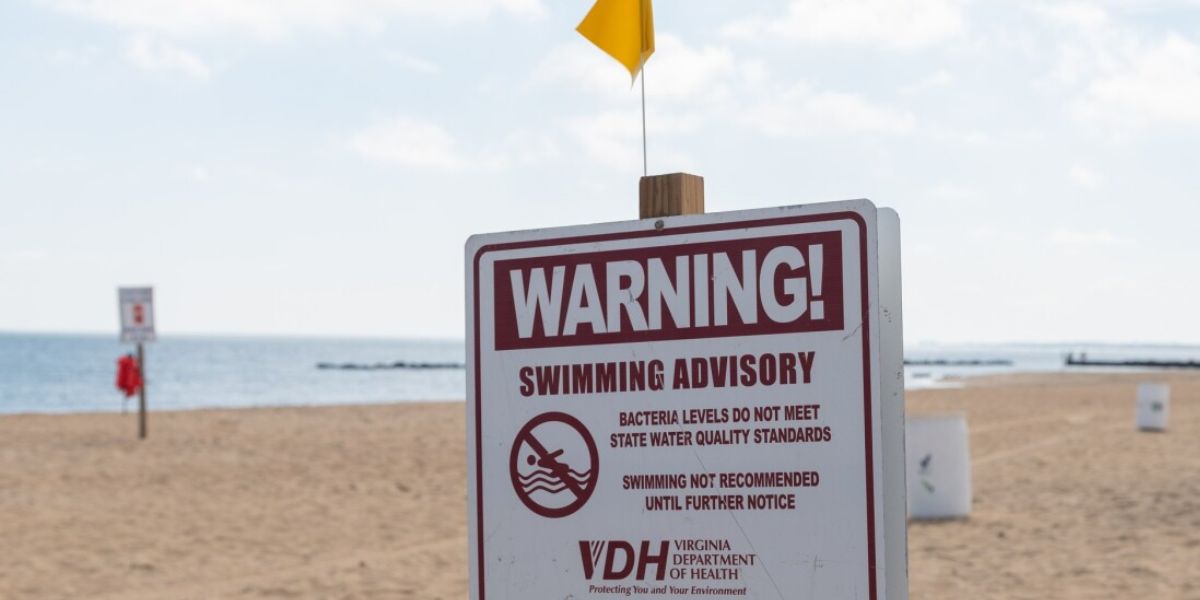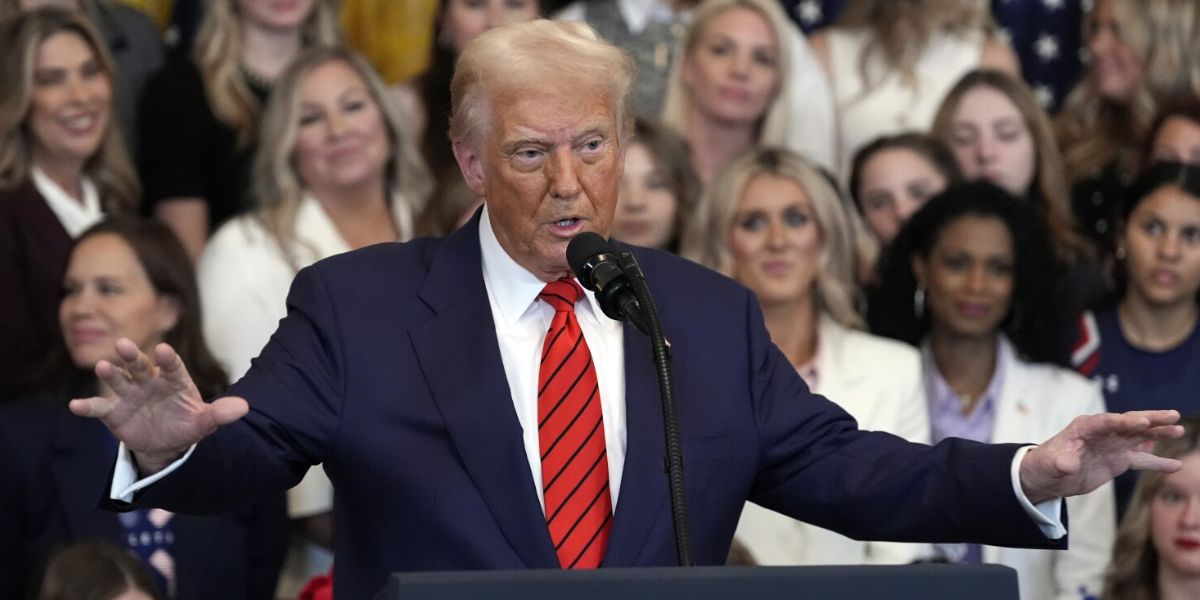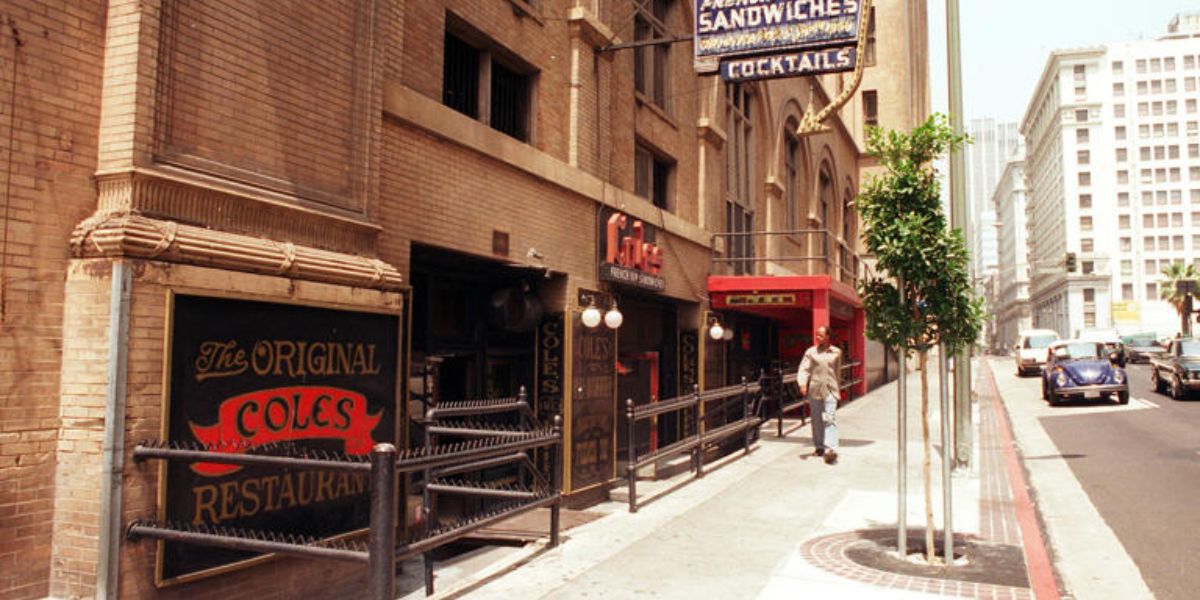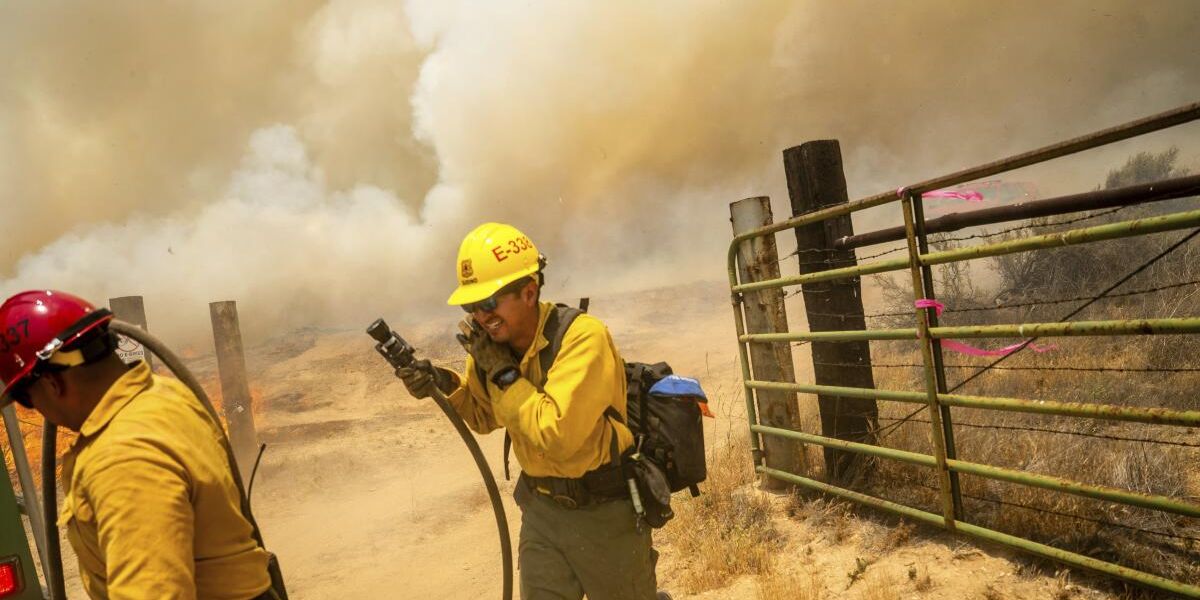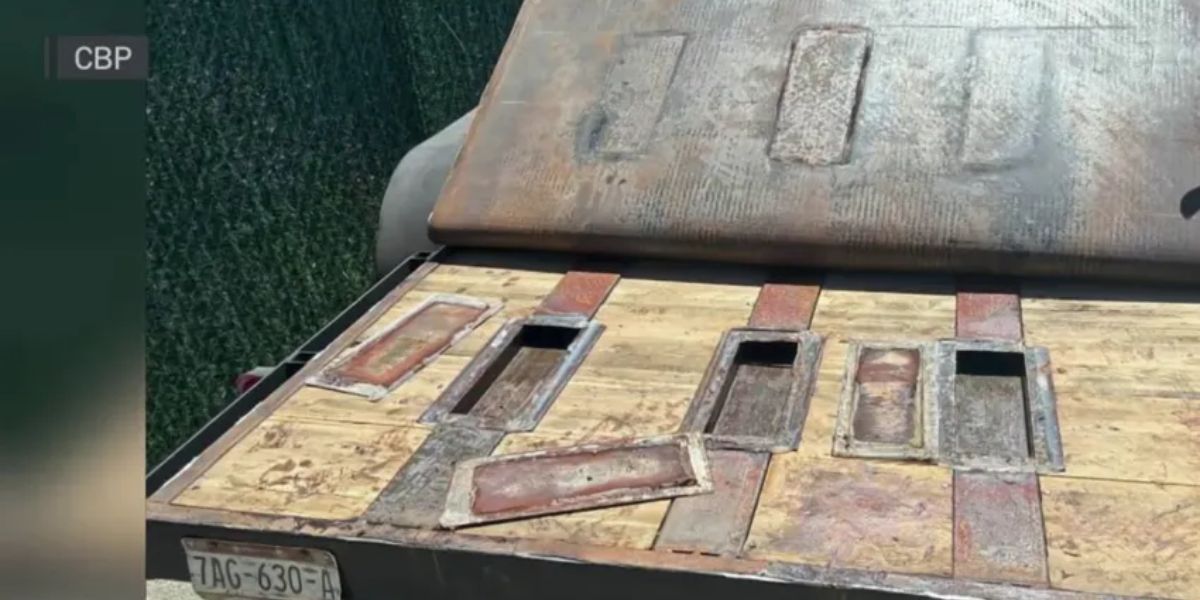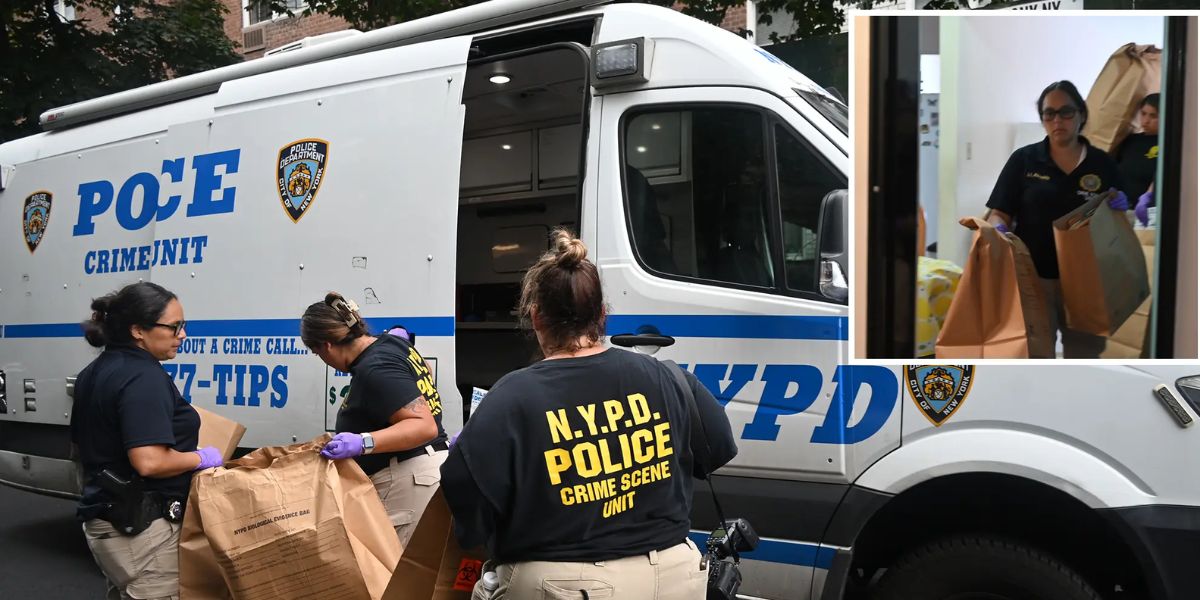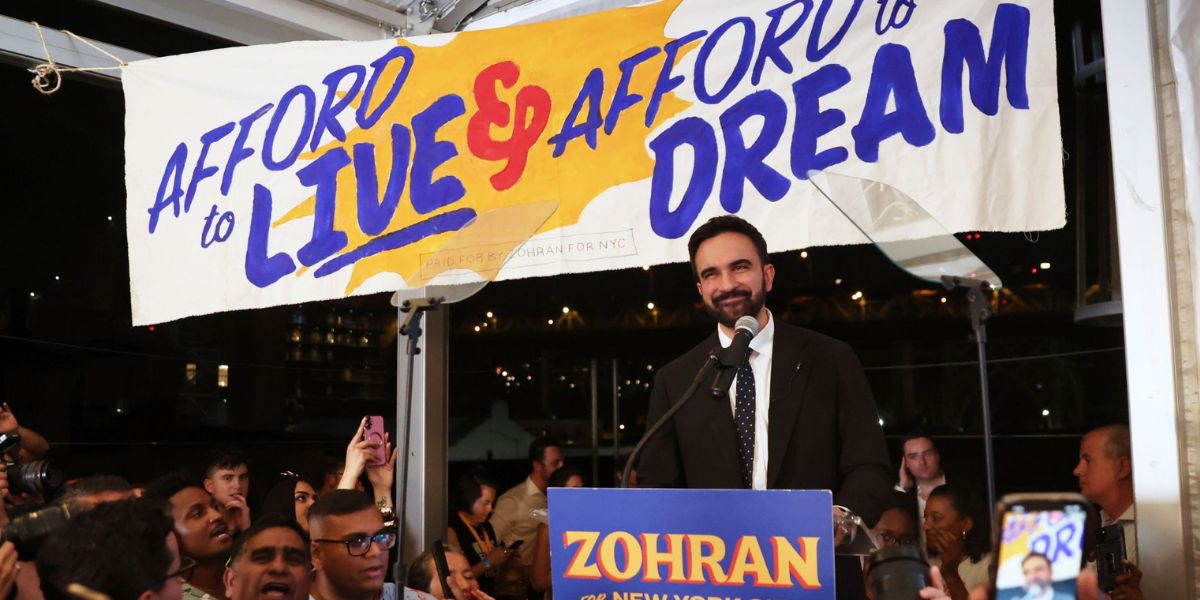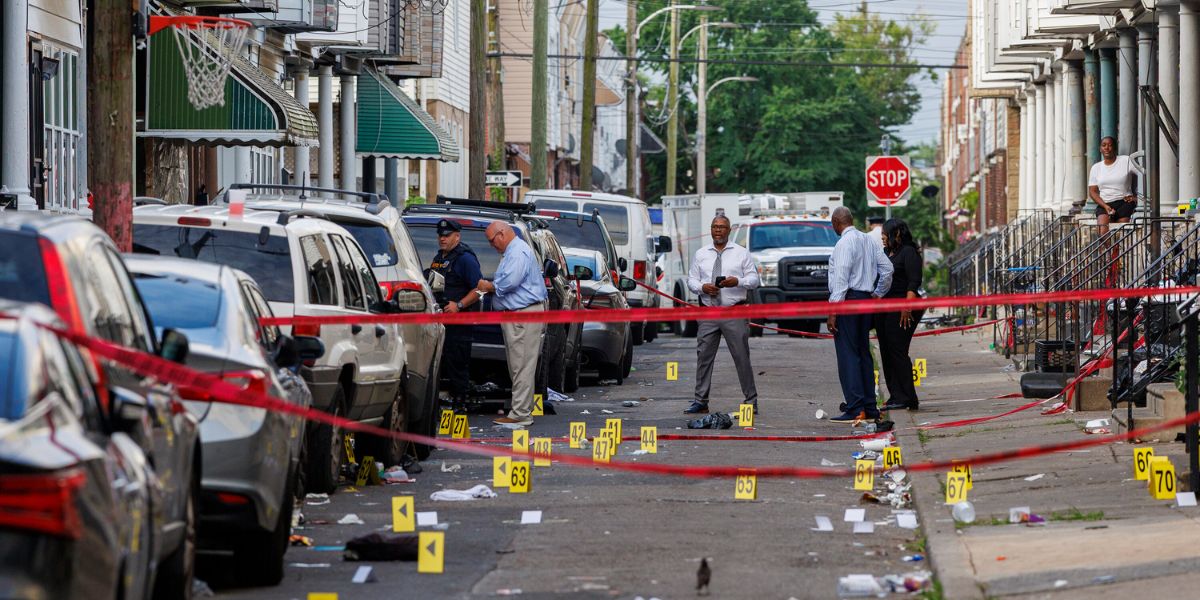Los Angeles, California – The Greater Los Angeles chapter of the Council on American-Islamic Relations (CAIR) has filed a lawsuit against Orange County, the Orange County Sheriff’s Department (OCSD), Sheriff Don Barnes, and individual deputies.
The suit arises from allegations that two women were forcibly made to remove their hijabs during their arrest at a protest at UC Irvine in May 2024.
Claims of Hijab Removal During Detention
According to the lawsuit, the two women, both of whom were students, were arrested during a protest on the UC Irvine campus. The complaint alleges that as part of the arrest, OCSD deputies forcibly removed their hijabs, head coverings worn by Muslim women as part of their religious practice.
The plaintiffs, Salma Nasoordeen and Shenai Aini, shared their distressing experiences during a press conference on Tuesday.
Plaintiffs Speak Out: A Disturbing Experience
Salma Nasoordeen recounted the shock of being asked to remove her hijab, stating, “I’ve never in my life been asked to remove my hijab for any government identification photos…my ID, my passport, none of that.”
She added that she felt confused and disoriented by the request, questioning whether it was even permissible for authorities to ask her to remove it while in custody.
Shenai Aini shared a similar experience, expressing her distress at being exposed in front of male officers and the public. “In the process of being booked, I was forced to be exposed in the view of males and have my photo taken without my hijab against my will,” she explained. “My hijab is the ultimate sign of my faith. It serves as my identity, my protection and my faith.”
OCSD’s Response: Inaccurate Claims
In response to the claims made during the press conference, the Orange County Sheriff’s Department issued a statement denying the accusations.
The OCSD clarified that the women were not required to remove their hijabs in front of male officers or members of the public.
According to the Sheriff’s Department, women were asked to remove their hijabs privately, while inside the jail facility, and only female deputies were present during the process. “Specifically, no women were required to remove their hijabs in front of male employees or male members of the public,” the statement read.
Read Also: Diabetic West Virginia Daughter Says She Killed 81-Year-Old Mom with Insulin Out of Anger
Cultural and Religious Significance of the Hijab
The hijab is an important religious symbol for many Muslim women, as it is mentioned in the Qur’an, the holy book of Islam. It is seen as a sign of modesty, faith, and identity.
Queen Mary University of London explains that Muslim women who wear the hijab believe it brings them closer to God, and removing it can have profound religious and personal implications.
Ongoing Legal Battle
As the lawsuit progresses, the debate around religious freedoms and women’s rights in the context of law enforcement actions continues to gain attention. The outcome of the case could have significant implications for policies related to religious expression and privacy during detention.
What are your thoughts on this case? Do you think the removal of religious garments in detention is a violation of rights? Share your opinion in the comments below. For more updates on this case, visit ridgecrestpact.org.

